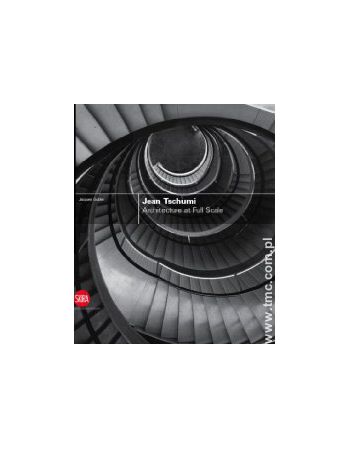DZIELNICE KREATYWNE I...
DZIELNICE KREATYWNE I KULTURALNE jest pierwszą polską publikacją opisującą to zagadnienie. Nie jest to temat zupełnie nowy, choć często te zjawiska nie były po prostu nazywane.
W książce francuski badacz Basil Michel podaje liczne przykłady dzielnic kreatywnych i artystycznych z całego świata. Opisuje ich sukcesami, ale i wyzwania, trudności, a czasem niepowodzeniami z jakimi te miejsca się spotykają. Książka będzie niezwykle cenną lekturą dla wszystkich osób zainteresowanych wyzwaniami jakie stoją przed polskimi miastami. Może wskazać rozwiązania i pomóc uniknąć niepowodzeń. Książka ilustrowana zarówno zdjęciami jak i wykresami i mapami dzielnic kreatywnych i kulturalnych z całego świata.



